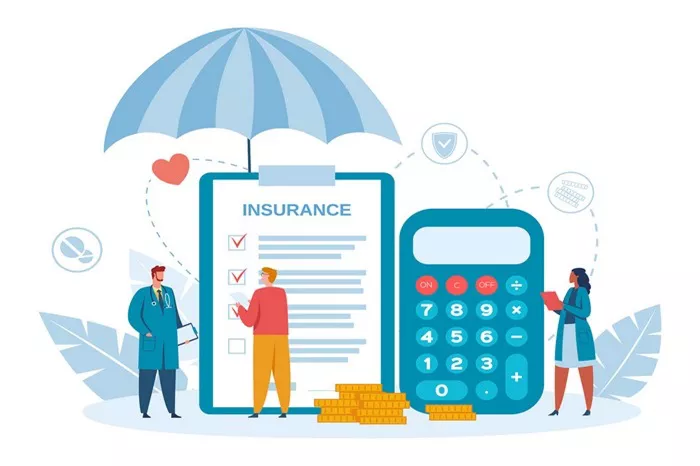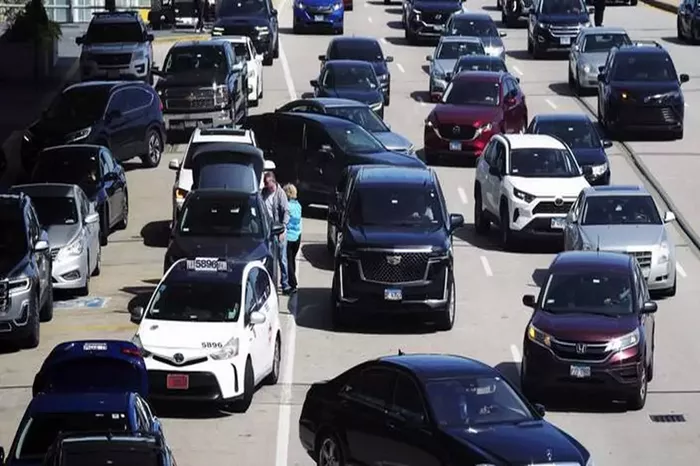When discussing insurance that covers damage to your car, we are primarily referring to vehicle insurance policies that provide coverage for physical damage to the insured vehicle. This type of insurance is crucial for protecting your investment in your automobile and ensuring that you are financially protected in the event of an accident or other covered peril. Below, we will delve into the specifics of the types of insurance that cover damage to your car, organized into several key points for clarity and comprehension.
Comprehensive Insurance
Definition and Scope
Comprehensive insurance is a type of vehicle insurance that provides coverage for damage to your car that is not caused by a collision with another vehicle or object.
This coverage is designed to protect your car from a wide range of perils, including but not limited to:
- Theft
- Vandalism
- Fire
- Hail
- Windstorm
- Flood
- Falling objects (e.g., trees, branches)
- Hitting an animal (e.g., deer, elk)
How It Works
If your car is damaged by any of the perils listed above, comprehensive insurance will cover the cost of repairing or replacing your vehicle, up to the actual cash value (ACV) of the car. The ACV is typically determined by the market value of your car at the time of the loss, minus any depreciation.
Importance
Comprehensive insurance is important because it provides coverage for many types of damage that are not covered by collision insurance (which we will discuss next). This means that if your car is damaged in a way that is not related to a collision, comprehensive insurance will help you avoid financial hardship by covering the cost of repairs or replacement.
Collision Insurance
Definition and Scope
Collision insurance is a type of vehicle insurance that provides coverage for damage to your car that is caused by a collision with another vehicle or object.
This coverage is designed to protect your car from damage that occurs as a result of:
- Hitting another car
- Hitting an object (e.g., a tree, a fence, a building)
- Rolling over
How It Works
If your car is damaged in a collision, collision insurance will cover the cost of repairing or replacing your vehicle, up to the actual cash value (ACV) of the car. The ACV is determined similarly to comprehensive insurance, based on the market value of your car at the time of the loss.
Deductibles and Coverage Limits
Collision insurance typically has a deductible, which is the amount of money you must pay out of pocket before the insurance company will cover the rest of the repair costs. The deductible amount can vary, and it is important to choose a deductible that you are comfortable paying in the event of a loss.
Additionally, collision insurance has coverage limits, which are the maximum amount of money the insurance company will pay for a covered loss. These limits are typically based on the value of your car and can be adjusted to better fit your needs.
Importance
Collision insurance is important because it provides coverage for damage that is caused by collisions, which are a common occurrence on the road. This means that if you are involved in an accident, collision insurance will help you avoid financial hardship by covering the cost of repairs or replacement.
Liability Insurance (Indirect Coverage for Your Car)
Definition and Scope
While liability insurance is primarily designed to cover the costs of injuries and property damage that you cause to others in an accident, it can also provide indirect coverage for your car in certain situations.
Liability insurance is required by law in most states, and it typically includes two components:
Bodily injury liability: Covers medical expenses and lost wages for people you hurt in an accident.
Property damage liability: Covers the cost of repairing or replacing property that you damage in an accident, including other vehicles.
How It Provides Indirect Coverage
While liability insurance does not directly cover damage to your car, it can provide indirect coverage in the following ways:
If you are found to be at fault in an accident, liability insurance will cover the cost of repairing or replacing the other person’s car. This can prevent you from being sued for the cost of repairs or replacement, which could be financially devastating.
In some states, if you are involved in an accident and the other driver is uninsured or underinsured, your liability insurance may provide coverage for your own damages through uninsured/underinsured motorist coverage.
Importance
Liability insurance is important because it is required by law and provides protection against financial loss in the event of an accident. While it does not directly cover damage to your car, it can provide indirect coverage by covering the cost of repairs or replacement for the other party’s vehicle and protecting you from lawsuits.
Gap Insurance
Definition and Scope
Gap insurance is a type of vehicle insurance that provides coverage for the difference between the actual cash value (ACV) of your car and the amount you owe on your car loan or lease in the event of a total loss. This coverage is designed to protect you from financial loss in the event that your car is totaled and the insurance settlement is not enough to cover your remaining loan or lease balance.
How It Works
If your car is totaled in an accident and the insurance settlement is less than the amount you owe on your loan or lease, gap insurance will cover the difference. This means that you will not be responsible for paying the remaining balance on your loan or lease, which can be a significant financial burden.
Importance
Gap insurance is important because it provides coverage for the difference between the ACV of your car and the amount you owe on your loan or lease in the event of a total loss. This can prevent you from being stuck with a loan or lease balance that you cannot afford to pay, which could have a negative impact on your credit score and financial stability.
Other Types of Coverage
Towing and Labor Costs
Some vehicle insurance policies include coverage for towing and labor costs, which can be helpful if your car breaks down or needs to be towed to a repair shop. This coverage typically has a limit, so it is important to check your policy to see if it includes this type of coverage and how much it covers.
Rental Car Reimbursement
If your car is being repaired due to a covered loss, some insurance policies will reimburse you for the cost of renting a car while your vehicle is being repaired. This coverage can be helpful if you rely on your car for daily transportation and need a replacement vehicle while yours is being fixed.
Custom Parts and Equipment Coverage
If your car has custom parts or equipment (e.g., aftermarket stereo systems, custom paint jobs, etc.), some insurance policies will provide coverage for these items in the event of a loss. This coverage is typically optional and may have additional costs, so it is important to check your policy to see if it includes this type of coverage and how much it costs.
Conclusion
In conclusion, there are several types of insurance that cover damage to your car, including comprehensive insurance, collision insurance, liability insurance (with indirect coverage for your car), gap insurance, and other types of coverage such as towing and labor costs, rental car reimbursement, and custom parts and equipment coverage. It is important to choose the right combination of coverages to best fit your needs and budget. By understanding the different types of insurance that are available and how they work, you can make informed decisions about your vehicle insurance coverage and ensure that you are protected in the event of an accident or other covered peril.
Related Topics:






















